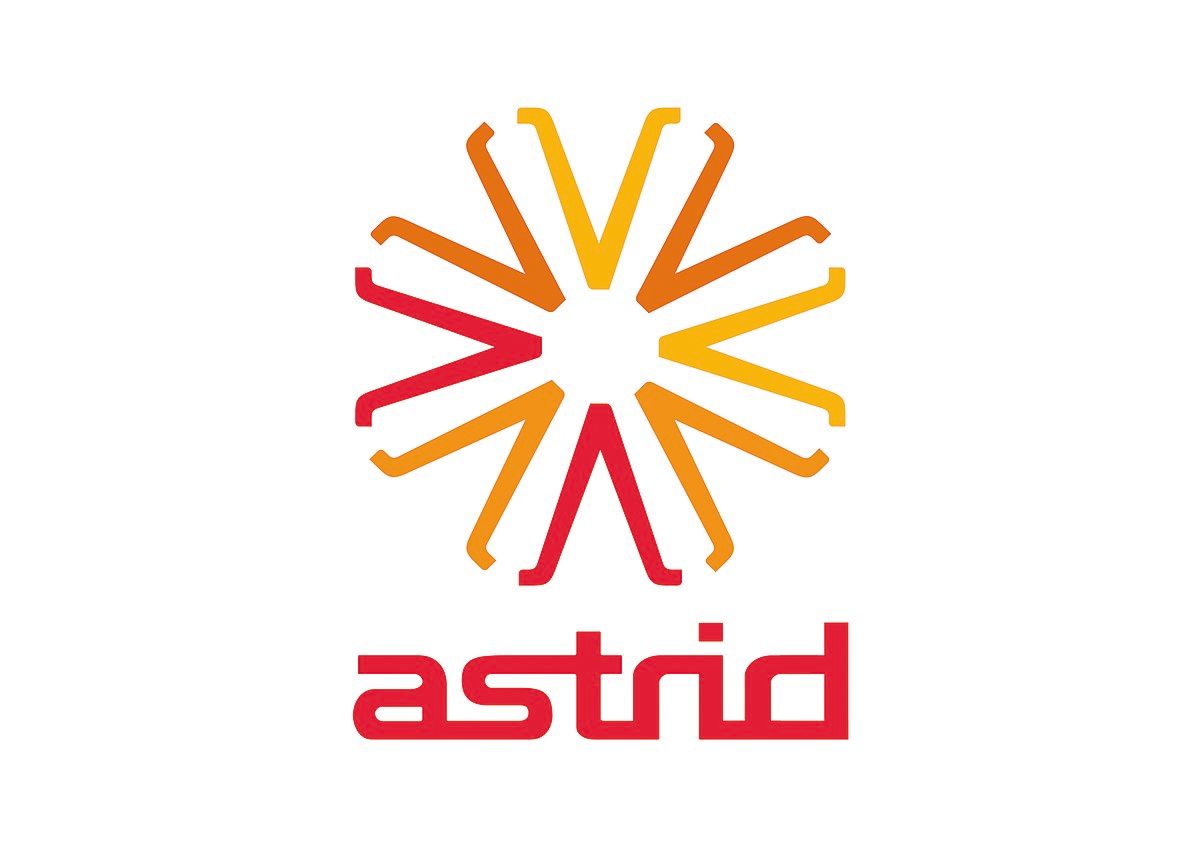BMC Emergency Communications& Response System Assistant Digital Transformation
)
BF-9000 BMC Emergency Communications System is designed to satisfy communication demands of different users and various application scenarios. The overall design adopts a three-layer architecture of backbone network-front command network-squad network, combines advantages of MESH network, ultra-short wave communication, 4G gateway, satellite communication, and other communication modes to closely meet actual combat requirements, and rapid deployment and ensuring stability and reliability. It enables unified deployment and management even in different areas and networks for effective emergency response and efficient command.
Compatibility
Digital/analog dual modes give you a smooth migration into the digital world.
Scalability
Owing to TDMA technology, two timeslots are achieved at a frequency on 12.5KHz channel spacing. Thus there are two talk paths at a single frequency, of which both can be used to transmit, frequency efficiency is greatly increased.
Flexibility
Due to DMR two timeslots, one slot can be used to communicate while the other to transmit data.
Energy Saving
Owing to TDMA technology, the energy consumption of terminals when operating in digital mode is greatly reduced. Battery life is prolonged by 40%.
Anti-interference
Incorporate advanced digital audio processing and anti-interference technologies to deliver a loud and crisp voice.
Excellent Audio Quality
The narrowband codec and digital ECC can better filter background noises and extend signal coverage.
Higher Spectrum Efficiency
Due to TDMA technology, the communication capacity is doubled at the same band width. Spectrum efficiency goes up and pressure goes away.
Simulcast Features
The simulcast network is flexible, reliable and convenient. It enjoys the advantages of resources saving, seamless roaming, and can easily extend its network to cover any blind areas. Deploy several same frequency repeater base stations at the operating field connect them by links, and the coverage problem is effectively solved. When carrying out a vital task, the command center can quickly connect all the base stations, bringing all the communications from different sub-areas onto the same page. Thus, everyone within the whole coverage is well connected and dispatching is facilitated.
3+3+3 Networking Designs
3 Application Scenarios
Daily Operations & Emergency Response & Cross-region Cooperation
3 Command Levels
Central Command& Field Command& Field Operation
3 Networking Schemes
Command Center Network& Field command Network& Field Operation Network
Command Center
Different levels of commanders can achieve real-time communications with field workers via PTT from the command& control center. Commanders can also command through data services such as TTS messages. The integrated GlS Map and make the deployments of every terminal visible to the commander, which greatly facilitates commanding work.
Field Command Network
The deployed mobile base stations and backpack base stations are always on the move and will automatically connect any terminals, portables or mobiles, within their network coverage. Thus it is very flexible and resilient. The field command network can still remain intact and keep going even the network of the command& control center is upset.
With the rapid development of digital wireless communications, BelFone BMC emergency communication system brings higher-quality voice, broader signal coverage, and stronger dispatching functions. Rich digital information and applications facilitate efficient information transmission and unified intelligent management.





)
)
)
)
)
)
)
)
)
)
)
)
)
)
)
)
)
)
)
)
)
)
)
)
)
